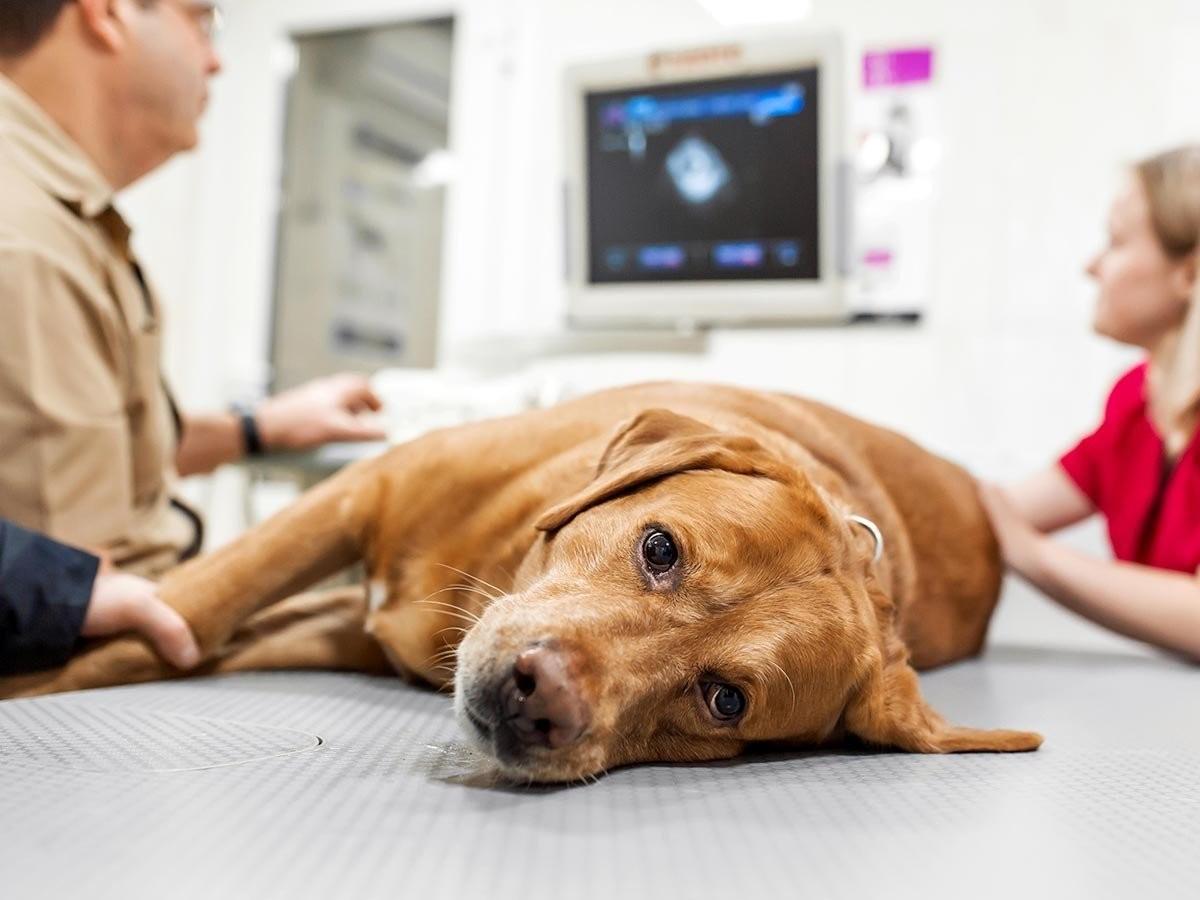Melanoma is a type of cancer that originates in melanocytes, the cells responsible for producing pigment in your dog's skin and fur. In dogs, the most common and aggressive form of melanoma occurs in the mouth (Canine Cancer; DeBiasio).
This article will delve into the types of melanoma seen in dogs, their symptoms, diagnosis, and treatment options.
Types of Melanoma in Dogs
Dogs can develop various types of melanoma, each with its own characteristics and level of concern:
Oral Melanoma: This is the most common type, accounting for approximately 80% of canine melanoma cases1. It typically affects older dogs, with small breeds at higher risk. Oral melanomas are aggressive and often spread to other parts of the body, even with treatment1.
Skin Melanoma: Melanomas on the hair-covered skin are often benign (non-cancerous) and can be cured with surgical removal (Canine Cancer; DeBiasio). However, it's important to have any skin mass checked by a veterinarian to determine its nature.
Digital Melanoma: These tumors occur on or between the toes and can be malignant. They often require amputation of the affected toe for the best chance of control3.
Ocular Melanoma: Melanomas can also affect the eyes, appearing as masses on the eyelids or conjunctiva. While many are benign, they can cause problems as they grow and some may be malignant1.
Recognizing the Signs
The symptoms of melanoma in dogs vary depending on the location and type of tumor:
Oral Melanoma: Signs include bad breath, drooling, difficulty chewing, bleeding from the mouth, and swelling of the lymph nodes under the jaw (Canine Cancer; DeBiasio).
Skin Melanoma: These may appear as raised bumps, dark patches, or flat lesions on the skin3.
Digital Melanoma: Lameness, swelling of the toe, bleeding, discharge, or a loose or misshapen toenail can indicate a digital melanoma3.
General Signs: If the melanoma has spread, you may notice weight loss, lethargy, decreased appetite, or difficulty breathing2.
Diagnosis and Staging
If your veterinarian suspects melanoma, they will perform a thorough examination and may recommend the following:
Fine Needle Aspiration: A small sample of cells is collected from the tumor for microscopic examination.
Biopsy: A tissue sample is taken for analysis by a pathologist.
Imaging: X-rays, CT scans, or ultrasound may be used to assess the extent of the tumor and check for metastasis (spread to other organs).
Staging of melanoma is crucial for determining the prognosis and treatment plan. It involves assessing the size and location of the tumor and whether it has spread to lymph nodes or other organs.
Treatment Options
Treatment for canine melanoma depends on the type, location, and stage of the cancer. Options include:
Surgery: Surgical removal is often the first line of treatment for localized tumors.
Radiation Therapy: Radiation can be used to kill cancer cells or slow their growth, especially for tumors that cannot be completely removed surgically3.
Melanoma Vaccine: The Oncept melanoma vaccine stimulates the dog's immune system to fight melanoma cells. It is often used in conjunction with surgery or radiation to help prevent or slow metastasis (DeBiasio; Melanoma in Dogs).
Chemotherapy: Chemotherapy may be used in cases where the cancer has spread or is not responding to other treatments.
Answering Your Questions about Canine Melanoma
What is the average age of onset for melanoma in dogs?
Melanoma is typically diagnosed in older dogs, with the average age being around 11 years old. However, dogs of any age can develop melanoma (Canine Cancer; Melanoma in Dogs). Certain breeds, such as Cocker Spaniels, Schnauzers, Poodles, and Golden Retrievers, may be predisposed2.
What are the symptoms of melanoma in dogs?
Symptoms vary depending on the location of the melanoma. Oral melanomas can cause drooling, bad breath, difficulty eating, and bleeding from the mouth. Digital melanomas can lead to lameness, swelling, and discharge from the affected toe. Skin melanomas may appear as raised bumps or dark patches. If the melanoma has spread, you may notice weight loss, lethargy, or difficulty breathing.
Which breeds are most commonly affected by oral melanoma?
While any breed can develop oral melanoma, it is more common in small breeds. Miniature Poodles, Cocker Spaniels, Chow Chows, and Golden Retrievers are among the breeds with a higher risk1.
Prognosis and Monitoring
The prognosis for dogs with melanoma varies depending on the type, stage, and location of the cancer. Early detection and treatment are crucial for the best outcome.
After treatment, your veterinary oncologist will recommend a monitoring schedule, which typically includes regular checkups, physical exams, and imaging to check for recurrence or metastasis2.
Importance of Early Detection
Regularly checking your dog for any unusual lumps, bumps, or changes in their mouth, skin, or nails can help detect melanoma early. Schedule routine wellness exams with your veterinarian, especially for older dogs and those of predisposed breeds.
If you notice anything suspicious, don't hesitate to contact your veterinarian. Early intervention can significantly improve your dog's chances of a positive outcome.

With 10 years of experience as a pet parent, I aim to empower pet owners with insights into pet insurance and maintaining their pet's well-being. I aspire to be a trusted source, combining knowledge with a commitment to the welfare of our beloved pets.

Dr. Jennifer Sperry, a licensed vet and Medical Director at Independence Pet Group, is dedicated to educating pet parents about the importance of pet health and financial preparedness, bringing pet health information to a broad audience. You can learn more about Dr. Sperry on her LinkedIn.
Canine Cancer: Melanoma In Dogs- What Do You Need To Know? (n.d.). In ImpriMed. Retrieved October 1, 2024, from https://www.imprimedicine.com/blog/canine-cancer-melanoma
DeBiasio, T. (2019). What Is Canine Melanoma? In Metropolitan Veterinary Associates. https://metro-vet.com/what-is-canine-melanoma/
Melanoma In Dogs. (2024). In PetCure Oncology. https://petcureoncology.com/melanoma-in-dogs/
ShaunO. (2021). Oral Melanomas in Dogs. In Atlantic Veterinary Internal Medicine & Oncology. https://avim.us/oral-melanomas-in-dogs/
Types of Melanoma in Dogs - Symptoms & Treatments. (2023). In Skin Cancer in Dogs. https://www.pacificsantacruzvet.com/site/blog/2023/04/15/melanoma-dog












